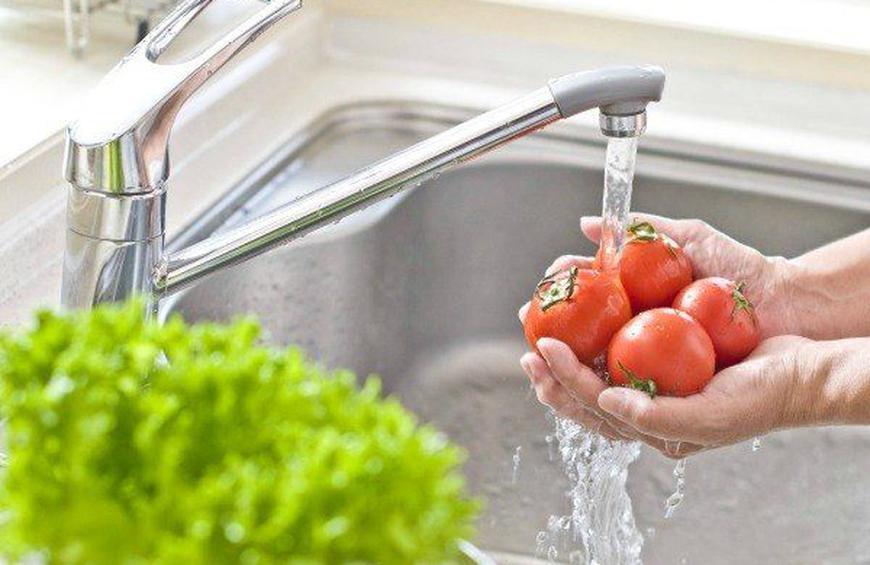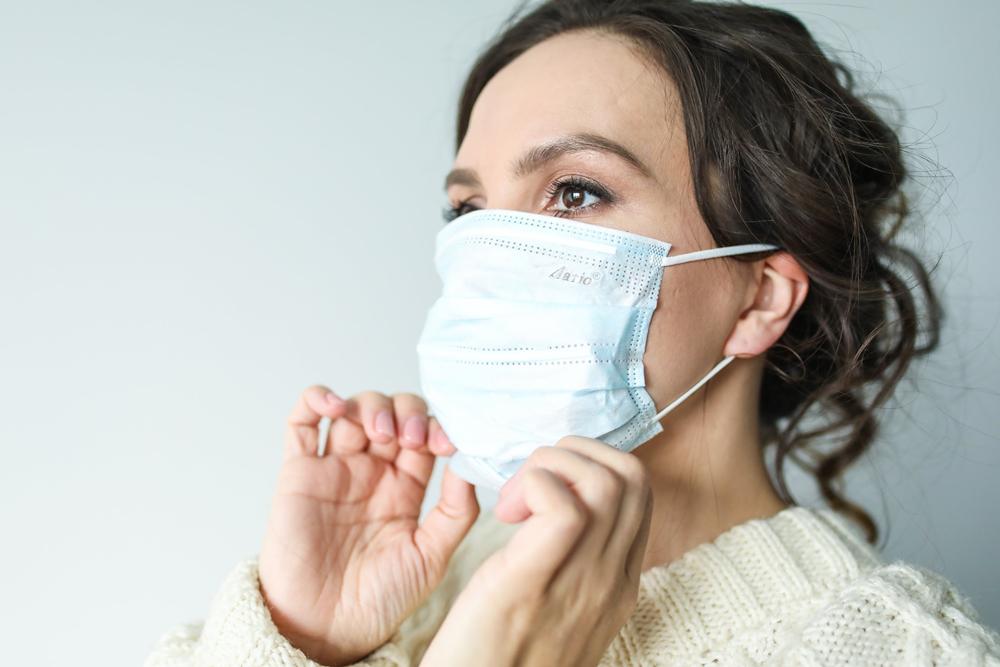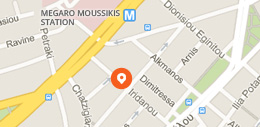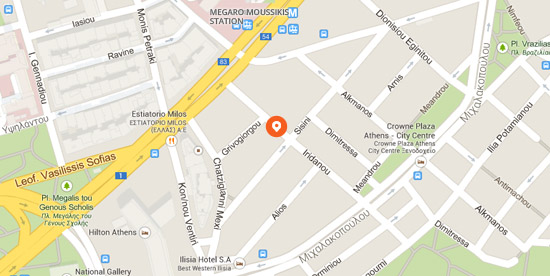Food safety and COVID-19
The virus is transmitted by coming to contact with someone who carries it. When we breath, talk, sneeze or cough droplets are ejected out of our mouth and nose which are inhaled by those in close proximity.

Alternatively, even if they are not inhaled, those droplets move downwards and end up on surfaces, like tables, appliances and other objects. If someone touches those surfaces and subsequently his face they may be infected by the virus. Those are the two ways the virus is transmitted, that we have found out up to this point.
In the near future we should take measures concerning food handling and food preparation so that we block the virus from transmitting. Below we examine certain points of particular interest on the topic of food safety.
Infection risk through food
As we saw above one can contract the virus via contact with a carrier or by touching an infected surface. Here a question arises, what happens with food?
According to empirical observations up to date, it hasn’t been established that the virus is transmitted to humans through food. Also we know that the virus cannot multiply on food. It seems, at least for now, that food is not a source/carrier of infection. In other words the likelihood to be infected by consuming or handling food is very small.
Despite the lack of empirical evidence and in order to take every possible precaution make sure to wash your hands before and after purchasing food as well as before and after cooking or after you had food delivered from a restaurant. In addition, when in a food selling store observe the appropriate guidelines for distancing from other customers, do not touch your face (mouth, eyes etc.) and wear a mask.

Moreover see about the hygiene of your kitchen. More specifically:
- Remove and throw away the packaging of the food you purchased or had delivered.
- Cook at a temperature of at least 70 °C. ΌAs hygiene practices stipulated even pre pandemic.
- You can wash fruits and vegetables with water like you did before the emergence of the virus.
- Use detergent to wash cookware and don’t use them for different food ingredients.
- Keep the kitchen and fridge surfaces clean.
- And of course do not forget to wash your hands with water and soap.
The virus survives up to 24 hours on cardboard and for several days on hard surfaces like plastic and steel. According to the World Health Organization you do not need to disinfect food packaging but you should wash your hands with soap and water after you have handled it.
Up to this moment there are no scientific studies substantiating that a specific food or a food ingredient prevents covid-19 transmission or offers a cure for covid-19 infection.







